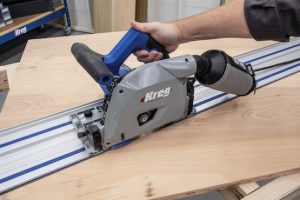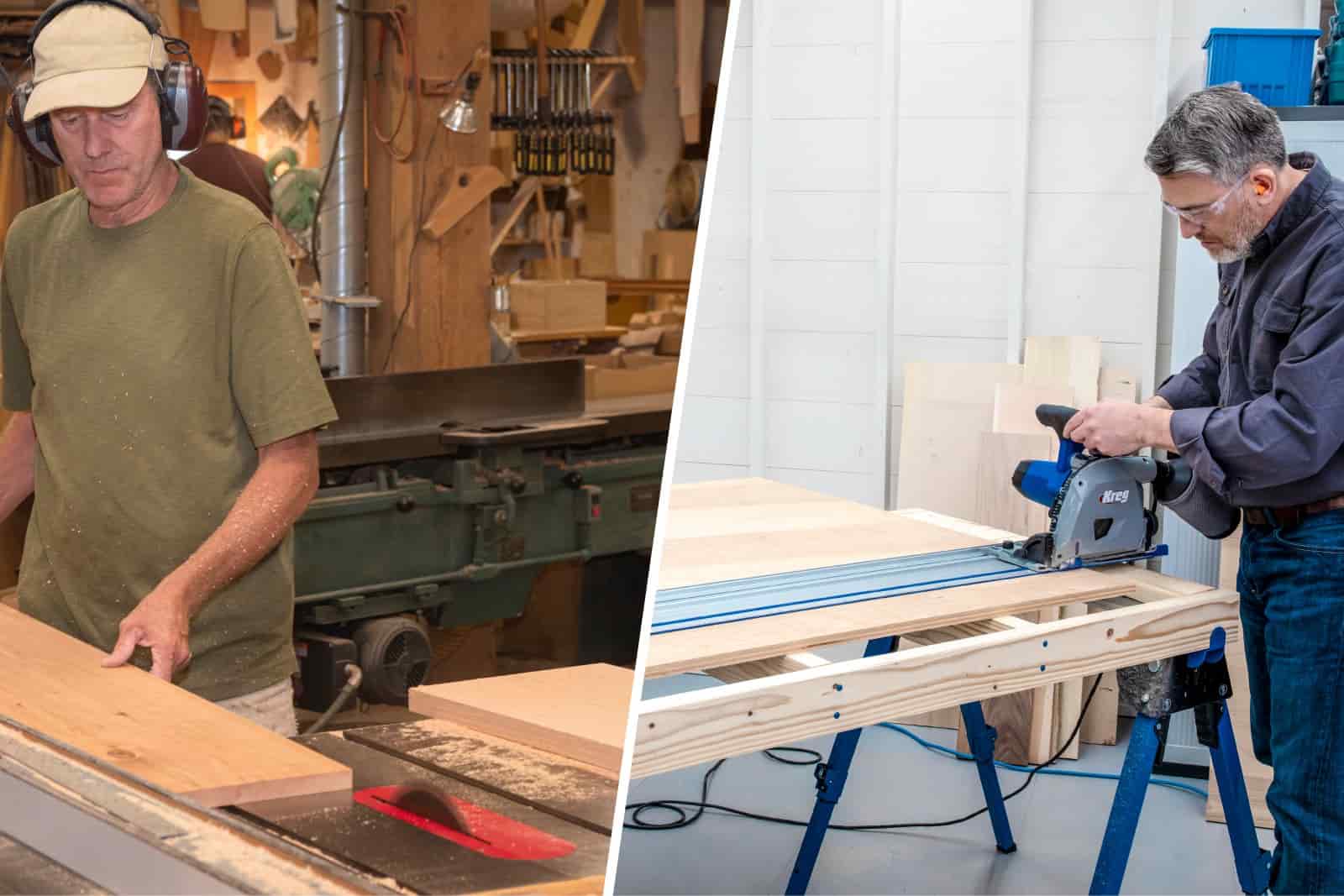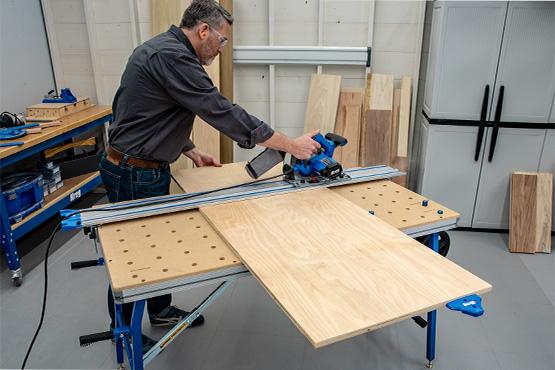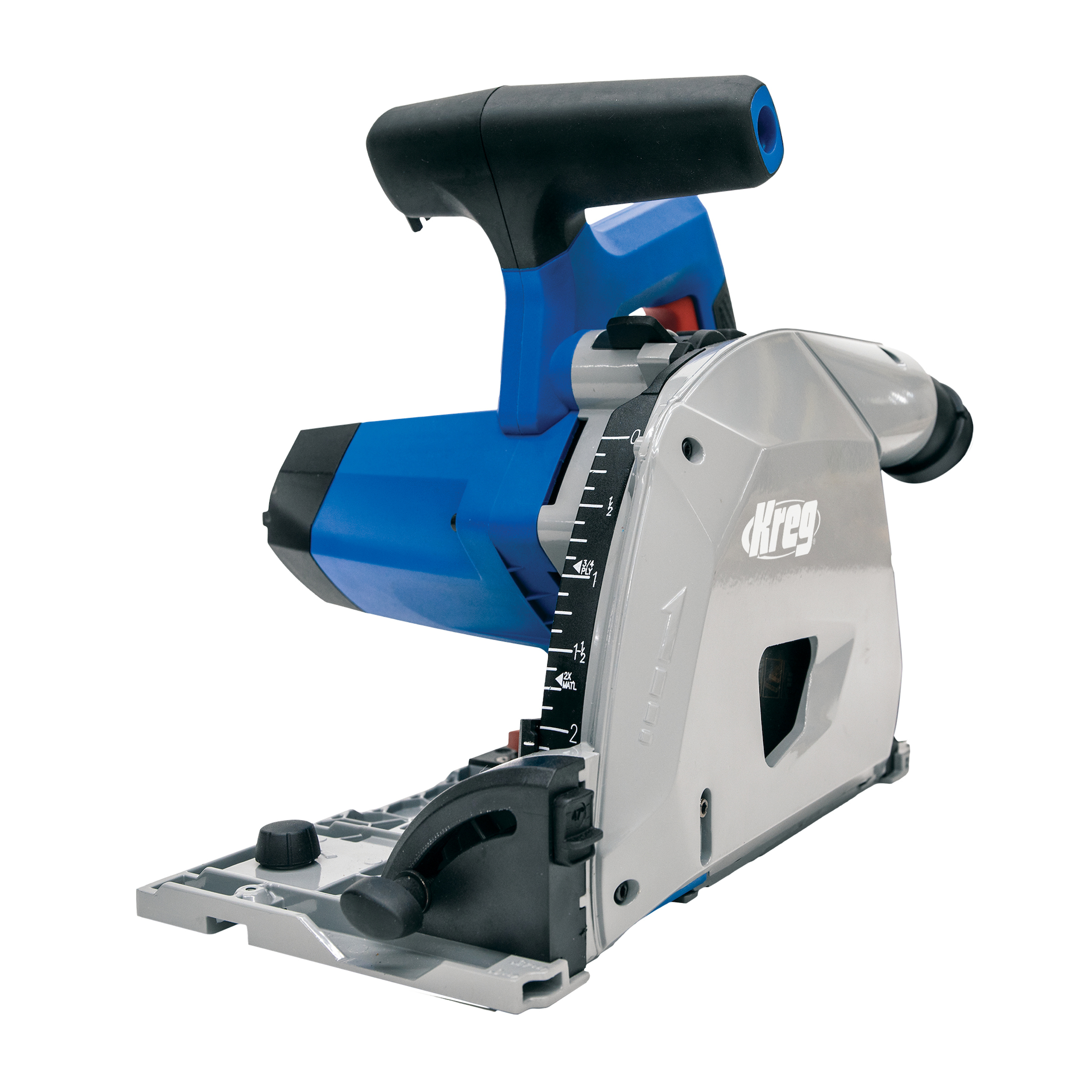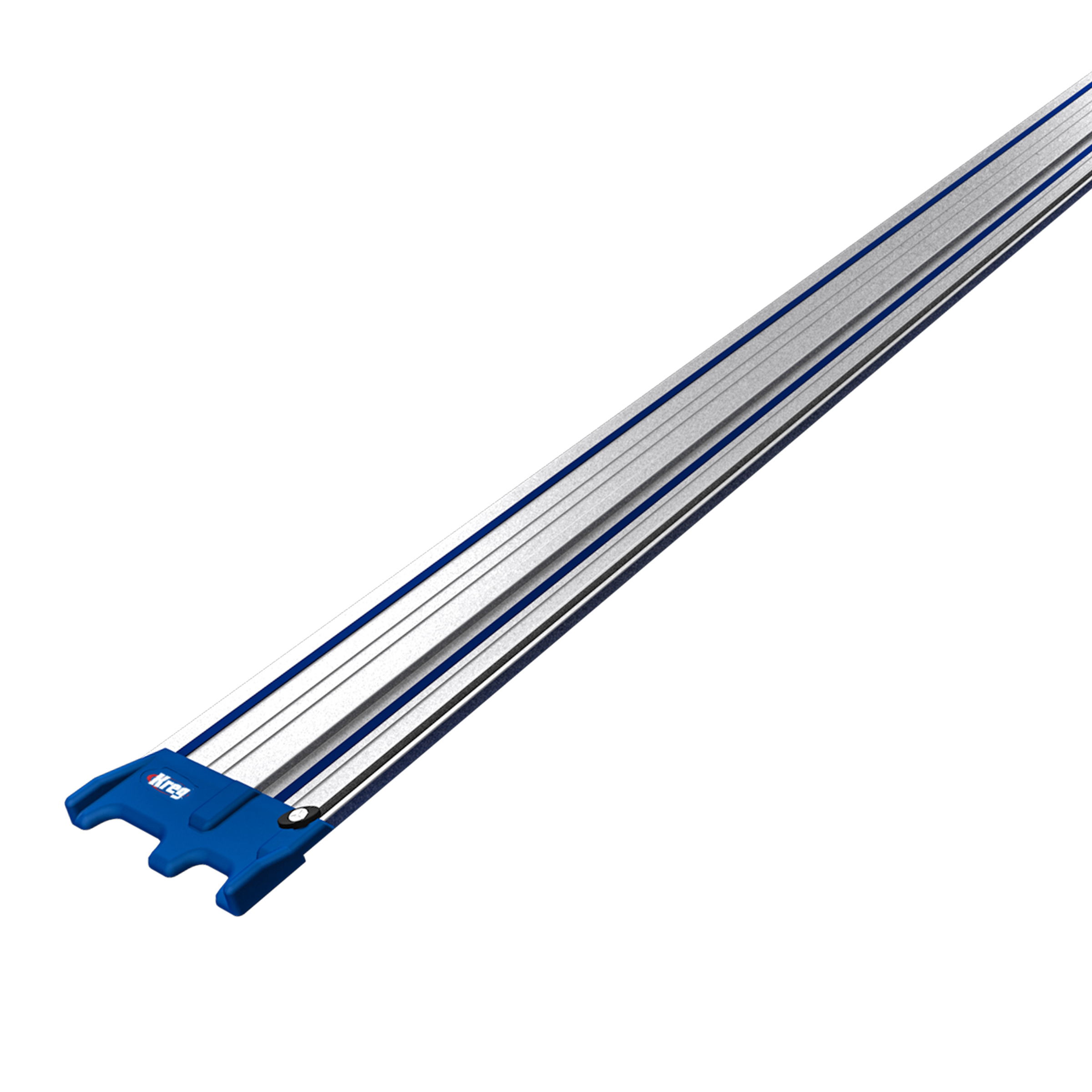What is better – a table saw or a miter saw?
If you’re just starting your journey or looking to upgrade your toolkit, one big question might be on your mind: Should you go for a miter saw or a table saw? Let’s dive into the world of woodworking tools and explore these options in simpler terms.
Miter Saw: your precision buddy
A miter saw, also known as a chop saw, is your go-to tool for making precise angled cuts. It’s like the magic wand for creating those perfect corners on moldings, frames, and trim.
Here’s what’s cool about it:
- Precision in angles: Miter saws are like precision artists when it comes to angled cuts. If you need to create intricate angles, this is your tool.
- Efficiency all the way: They’re super quick at making miter, bevel, and crosscuts. Perfect for when you’re working with lots of pieces.
- Safety first: Many miter saws have enclosed blades, which means you’re less likely to accidentally touch them. Safety is always a plus!
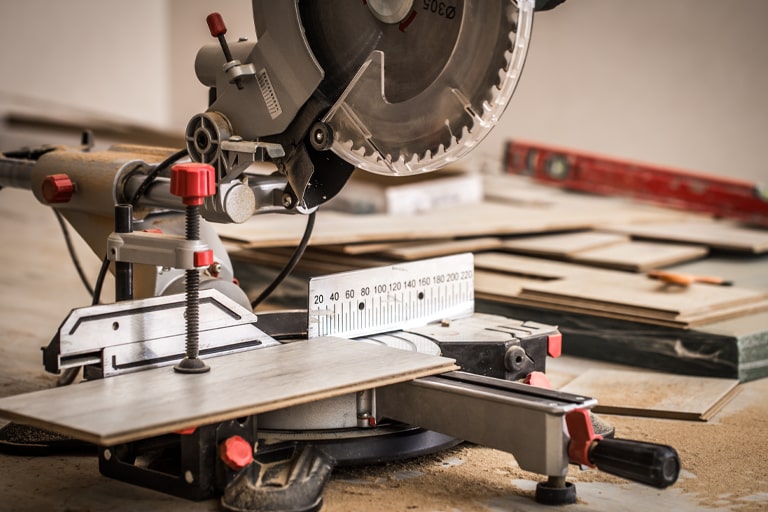
Table Saw: the versatile workhorse
The table saw is like the superhero of woodworking tools. It’s great for making straight cuts, but it can do so much more.
Here’s what you need to know:
- Versatility galore: Table saws can handle a wide range of cuts, from super straight to angled and even bevel cuts. They’re like the Swiss Army knife of woodworking.
- Laser-sharp straight cuts: If you need long, perfectly straight cuts, the table saw is your best friend. It comes with a fence or guide system that keeps everything on track.
- Big and sturdy: Table saws can handle large sheets of wood and hefty lumber like a champ. Perfect for those big projects.
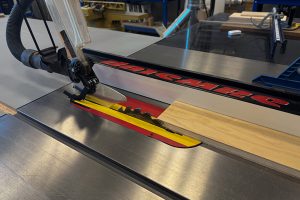
Comparative Analysis of Miter Saws vs. Table Saws
Now, let’s compare precision, versatility, space, and safety –
Precision and Accuracy:
Miter saws: These are kings of precision when it comes to angled cuts. You can get those tricky angles just right.
Table saws: Table saws are spot-on for straight cuts, especially with a good fence. They’re the masters of precision for long cuts.
Versatility:
Miter saws: They’re great for specific angled cuts but might not be as versatile for other types of cuts.
Table saws: Table saws can handle a whole range of cuts, from the straight and narrow to the fancy angled ones.
Workspace and Portability:
Miter saws: They’re compact and easy to move around, perfect for smaller workshops or job sites.
Table saws: Table saws need more room due to their size, and they can be a bit of a challenge to move, especially the big ones.
Safety Considerations:
Miter saws: Many miter saws come with safety features like blade guards to keep your fingers safe.
Table saws: Safety is crucial when using a table saw. You’ll need to follow proper techniques and use safety gear to prevent accidents.
![]()
Can a table saw do everything a miter saw can?
While a table saw is versatile, it doesn’t replicate all a miter saw’s features. A miter saw excels at angled cuts, molding, and precision, whereas a table saw is great for straight cuts, but might lack mitering finesse.
Can you use a miter saw as a table saw?
A miter saw isn’t intended for table saw tasks. It’s designed for crosscuts, angles, and molding. While it can handle some flat cuts, a table saw’s design and features make it more suitable for accurate straight cuts and broader woodworking applications.
Choosing the Right Saw for Your Project
Ultimately, your decision should align with your woodworking aspirations and the types of projects you’re likely to undertake. By understanding the strengths of each tool, you can make an informed choice that empowers you to create stunning pieces of craftsmanship, no matter which saw you choose. Whether you’re pursuing precision or versatility, remember that both miter saws and table saws are valuable assets in the hands of a skilled woodworker.
![]()
The Track Saw: The Best Of Both Worlds
In the realm of woodworking, the track saw emerges as a solid compromise between the table saw and the miter saw, offering a unique blend of advantages that cater to both precision and portability. It’s like the love child of a miter saw and a table saw.
Here’s why it’s awesome:
1. Precision of Straight Cuts:
Just like a table saw, it’s excellent at making precise straight cuts. You can thank the track or guide rail for that.

2. Mobility and Portability:
Unlike a big table saw, track saws are super portable. You can use them on various surfaces, making them ideal for job sites or smaller workshops.
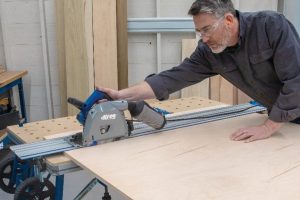
3. Angled and Bevel Cuts:
They’re not shy when it comes to angled and bevel cuts. The track system keeps everything in line.

4. Versatility Across Materials:
Beyond wood, track saws handle a wide range of materials, from plywood and MDF to plastics and even metals. This versatility makes them suitable for diverse projects, just like both table saws and miter saws.
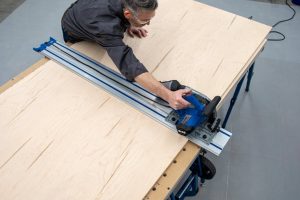
5. Reduced Tear-Out:
Unlike miter saws, track saws give you cleaner edges on delicate surfaces. No more ugly splinters!

6. Expanding Track Systems:
Some track saws come with expandable track systems, so you can make longer cuts. It’s like having a super long table for your saw.
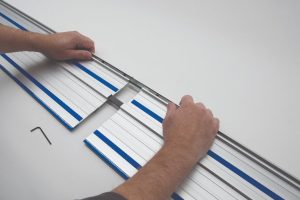
The Kreg Adaptive Cutting System Track Saw: industry-best cutting length and exclusive blade left design for better cutline visibility
If you’re thinking about a track saw, the Adaptive Cutting System Saw + Guide Track is a superstar in the woodworking world. It’s got a powerful motor, an electronic blade brake, and anti-kickback control. Plus, the track has a zero-offset design for pinpoint accuracy. If you’re chasing perfection in your woodworking projects, this might just be your new best friend.
